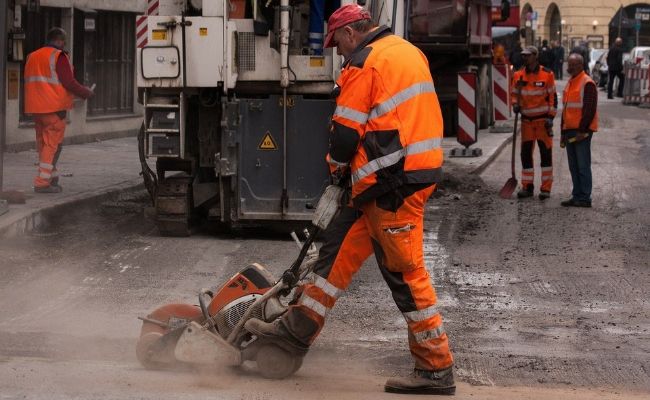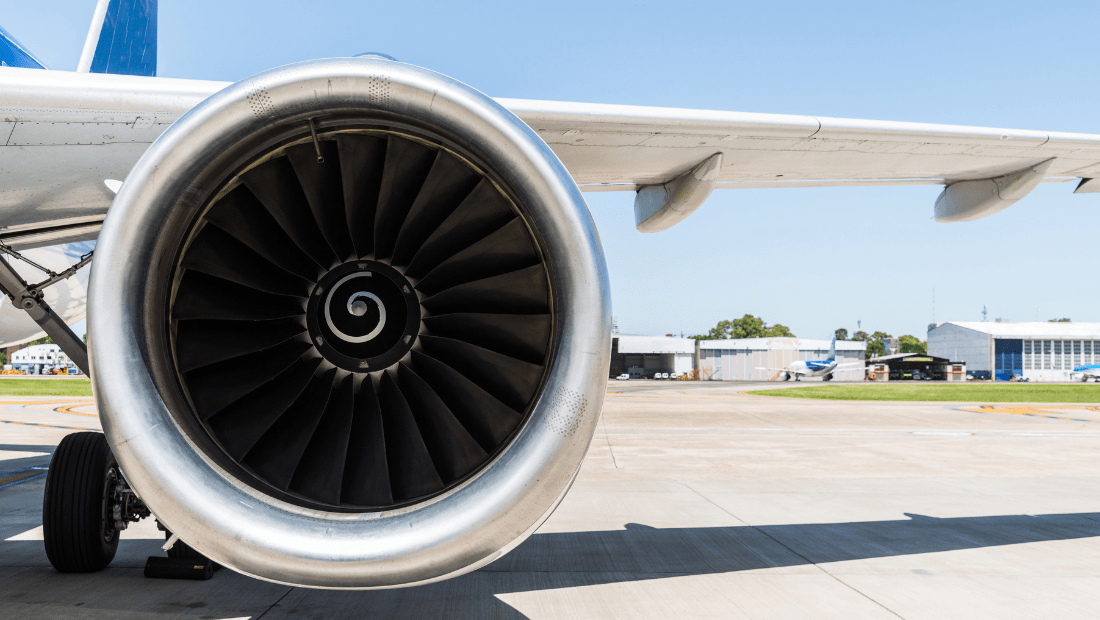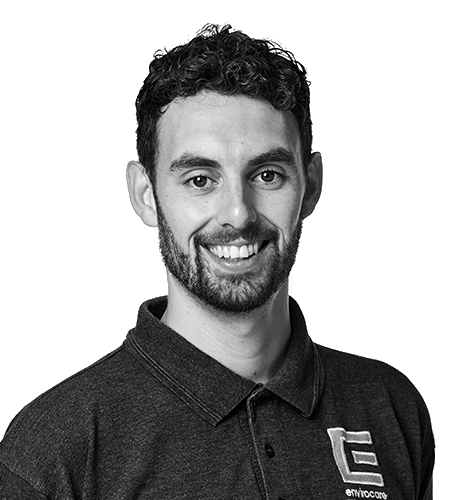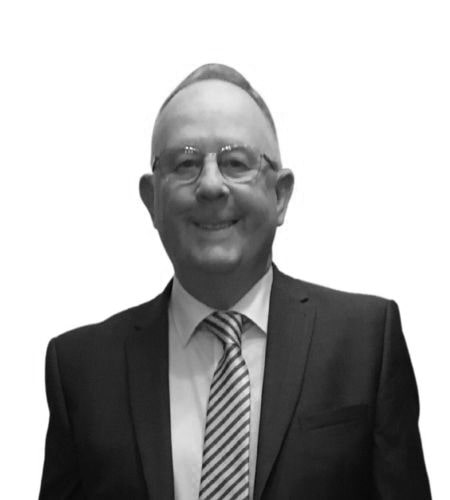Workplace Air Monitoring

Keep your employees protected from inhaling substances hazardous to health by monitoring airborne dust and gas in the workplace.
Get in touchSpeak to an expert
Key Benefits of Workplace Air Monitoring
- Ensure compliance with the COSHH Regulations and Workplace Exposure Limits
- Inform your COSHH Risk Assessments – Identify whether existing control measures are working and put more effective ones in place
- Confidently select the right Respiratory Protective Equipment (RPE)
- Identify whether health surveillance is required in your workplace
- Decrease fire/explosion risk and wear and tear of machinery
What is Workplace Air Monitoring?
Workplace Air Monitoring is a type of monitoring that measures your workforce’s exposure to airborne dust and gas. Information from this monitoring will allow you to assess whether exposures in the workplace are being adequately controlled in order to keep staff protected from inhaling substances that can be hazardous to health.
The primary reason to undertake Workplace Air Monitoring is for compliance with the COSHH Regulations. Regulation 10 requires monitoring for exposure in the following instances:
- To inform a risk assessment
- When failure or deterioration of the control measures could result in a serious health effect
- When measurement is needed to ensure Workplace Exposure Limits are not exceeded
- When there have been significant changes to a process or work practices which may mean adequate control is no longer maintained
- To check the effectiveness of controls
Workplace Air Monitoring is important to ensure that exposures are controlled and thereby protects you and your employees from the consequences of ill health.
Monitoring that we regularly carry out but not limited to:
- Respirable Crystalline Silica dust
- Wood dusts
- Welding fume
- Metal fume
- Diesel exhaust fumes
- Isocyanates
- Solder fume
- Rubber fume
- Solvent vapours e.g. Xylene
- Formaldehyde
What to Expect
Workplace Air Monitoring will be undertaken by an experienced Occupational Hygiene Consultant who will visit your site. The specific type of monitoring undertaken will depend on the hazardous substances that are present on your site. The hazardous substances may be in the form of a dust, fume, gas, vapour or fibers, but monitoring falls broadly into two categories – personal monitoring and static monitoring.
Personal monitoring looks at the concentration of hazardous substances that are present in an individual’s breathing zone. These results can be compared directly with Workplace Exposure Limits. Sampling equipment, typically in the form of a small battery-operated pump with various attachments, will need to be worn by an individual over the course of their shift or a specific task under investigation.
Depending on your requirement, static monitoring can also be performed. Static monitoring uses similar equipment, positioned in a fixed location, and can provide additional information. This can include determining background concentrations, identifying whether migration of contaminants is occurring and assessing the potential for bystander exposure.
These methods can be supported by other techniques such as the use of direct-reading instruments or detector tubes.
During the visit, the consultant will also gather information through observations and discussions with you and other staff to understand how and why exposures may occur. All the information is then compiled into a report where we will advise you on your current level of compliance and offer recommendations for improvement or further surveys.

Air Monitoring Project for Aeronautical Engineering Firm
An aeronautical engineering firm in the north of England commissioned Envirocare to draw up a bespoke air monitoring project aimed at disproving complainant’s claims.
Read more ➔Get in Touch
Our environmental experts are ready to answer your questions today.
Call us: +441274 738668

